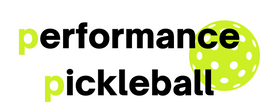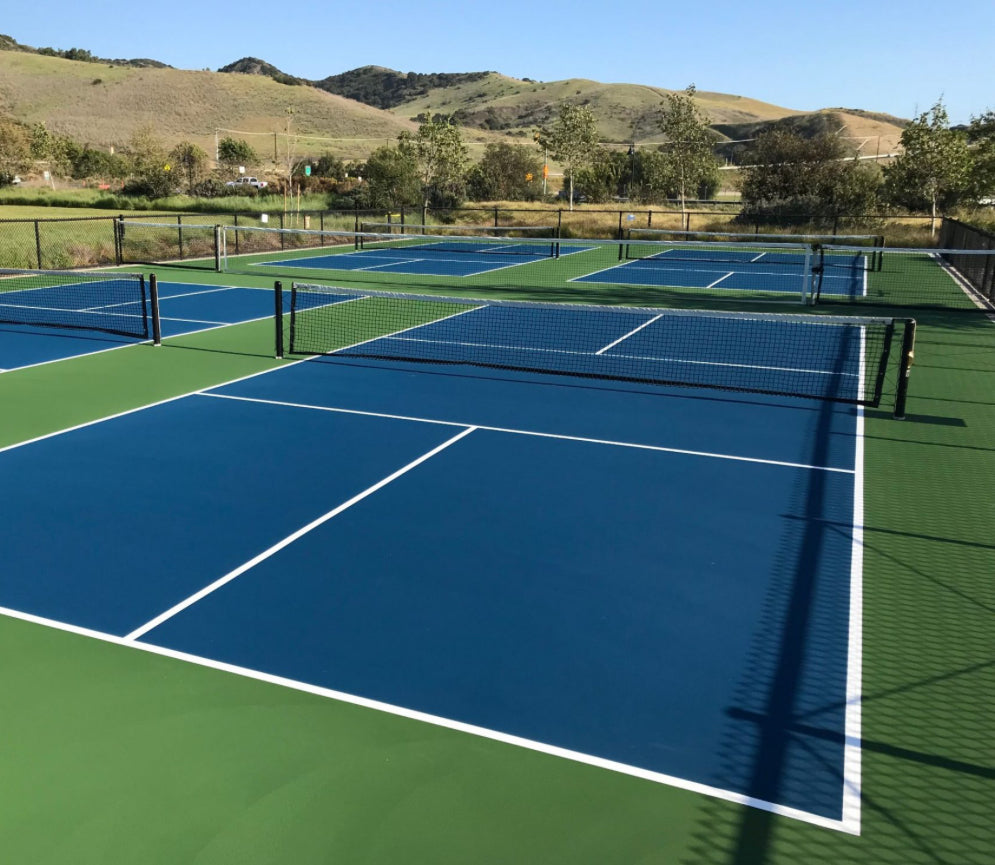Pickleball has become one of the fastest-growing sports worldwide, captivating players of all ages with its blend of tennis, badminton, and ping-pong. But as interest in pickleball surges, so does the importance of understanding the surfaces on which the game is played. The surface of a pickleball court significantly impacts gameplay, safety, and maintenance needs, making it an essential consideration for players, facility owners, and court builders alike.
Types of Pickleball Court Surfaces
1. Asphalt
Asphalt is one of the most common surfaces for pickleball courts, especially in outdoor settings.
Pros:
• Durable and weather-resistant.
• Provides consistent ball bounce.
• Cost-effective for outdoor installations.
Cons:
• Prone to cracking over time due to weather fluctuations.
• Requires regular maintenance, including sealing and crack filling.
2. Concrete
Concrete courts are popular for both indoor and outdoor pickleball facilities.
Pros:
• Extremely durable and long-lasting.
• Minimal maintenance compared to asphalt.
• Provides a smooth and predictable playing surface.
Cons:
• Higher initial installation costs.
• Can cause discomfort for players due to its hardness, which may lead to joint stress over time.
3. Acrylic Coatings
Acrylic-coated surfaces are often applied over asphalt or concrete to enhance performance and aesthetics.
Pros:
• Customizable colors and textures for improved grip.
• UV-resistant and less slippery, even in wet conditions.
• Prolongs the life of the base surface.
Cons:
• Needs periodic resurfacing to maintain quality.
• Susceptible to wear and tear from heavy use.
4. Synthetic Sports Surfaces
Synthetic materials like modular tiles are increasingly popular for pickleball courts, particularly in multi-sport facilities.
Pros:
• Shock-absorbing properties reduce strain on joints.
• Can be installed over various sub-surfaces, including grass and concrete.
• Low-maintenance and easy to replace damaged sections.
Cons:
• Higher initial cost compared to traditional surfaces.
• May require professional installation.
5. Grass and Turf
Though less common, grass or artificial turf courts are sometimes used for recreational pickleball.
Pros:
• Provides a softer, more forgiving surface.
• Can double as a lawn or recreational area.
Cons:
• Inconsistent ball bounce.
• High maintenance for natural grass.
Choosing the Right Surface
For Outdoor Courts
Outdoor courts need to withstand weather conditions, making asphalt with acrylic coatings or concrete with UV-resistant finishes ideal choices.
For Indoor Courts
Indoor courts prioritize comfort and consistency, so concrete or synthetic surfaces are often preferred. Modular tiles can also be a great option for temporary indoor setups.
For Multi-Use Facilities
If the space will host other sports, synthetic modular tiles provide the versatility needed to accommodate different activities.
Maintenance Tips
• Regular Cleaning: Sweep debris and wash surfaces to maintain grip and appearance.
• Monitor for Cracks: Repair cracks promptly to prevent further damage.
• Recoat When Needed: Reapply acrylic coatings or replace tiles as they wear down.
• Seasonal Checks: Ensure drainage systems are functioning correctly for outdoor courts.
Conclusion
The right pickleball court surface can elevate the game experience, improve player safety, and reduce maintenance costs. Whether you’re constructing a private court or upgrading a community facility, understanding the pros and cons of each surface type is key. With proper planning and upkeep, your court can serve as a hub for this exciting sport for years to come.
So, whether you’re a player, court owner, or builder, take the time to choose a surface that meets your needs—and let the games begin!

